Key Takeaways
- Constant grazing while working from home fuels glucose swings, triggering higher glucose peaks and more time spent above healthy threshold glucose values.
- Prevent glucose swings while working from home with smart snacking. Consume balanced snacks at regularly scheduled intervals to maintain stable glucose levels.
- Choose healthy, balanced snacks that combine fiber, protein, and healthy fats to minimize postprandial glucose spikes and keep you full and energized between meals.
{{mid-cta}}
Working from home has its perks: no commute, meetings in sweats, and easy access to your own kitchen. But easy access to your kitchen can backfire. Passing the snack drawer between back-to-back meetings can easily snowball into all-day grazing. The result? Glucose spikes, energy crashes, and a productivity roller-coaster.
The good news: with a little structure, you can stop the grazing spiral and build smart snacking practices that minimize glucose swings while working from home. By creating intentional, glucose-smart snacks, timing them wisely, and stocking healthy options, you can support steadier energy and glucose levels.
Why Grazing at Home Fuels Glucose Turbulence
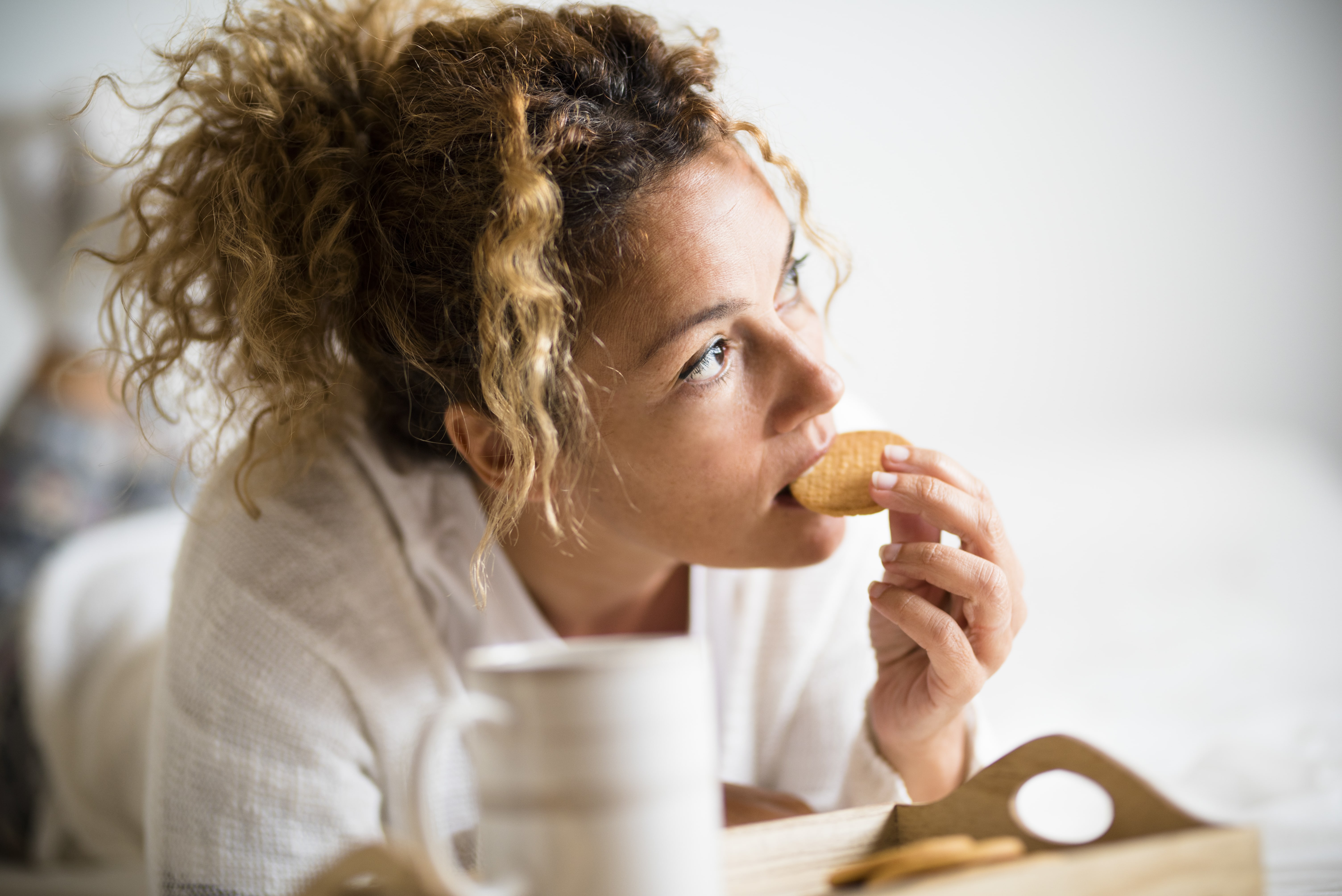
It’s easy to fall into a grazing routine, grabbing handfuls of snacks while responding to emails or between meetings. However, grazing all day can be problematic, leading to fluctuations in glucose levels.
Here’s what happens to your glucose when you work from home and graze on snacks all day:
Glucose swings
A 2021 study found that individuals who consumed at least one snack daily had significantly higher maximal glucose levels, spent more time above elevated and high glucose thresholds (140 mg/dL and 200 mg/dL, respectively), and experienced greater postprandial glucose spikes than those who snacked less frequently.
Participants who snacked the most (one or more snacks per day) had a higher maximal glucose level of 226 mg/dL compared to 184 mg/dL in the lower snacking group, and a higher percentage of postprandial peaks above 140 mg/dL and 200 mg/dL. Put simply, frequent snacking leads to larger and more frequent glucose spikes after eating.1
Weight gain over time
Grazing all day on energy-dense, nutrient-poor snacks adds up quickly. Calories from snacks are rarely compensated for by eating less at subsequent meals, leading to excess intake and potential weight gain over time.2
Increased insulin resistance and worse metabolic health
Frequent snacking doesn’t just affect today’s energy; it can also impact long-term metabolic health. Research has linked grazing to higher fasting glucose levels, elevated insulin levels, insulin resistance, and a greater risk of obesity and central adiposity, all of which are risk factors for poor metabolic health.1,3
Mindless eating
When you snack distracted, like scrolling through emails or toggling between tasks, it’s easy to miss fullness cues. Distraction often leads to overeating without realizing it. Add the sedentary nature of working from home, and the effects compound: Less satiety, more cravings, and glucose fluctuations that increase the desire to eat.2,3 Over time, this cycle can disrupt metabolic health.
Snack Smart: What Science Recommends
-min.jpg)
The goal isn’t to eliminate snacks. Done right, snacking can help you stay focused, energized, and satisfied between meals. The key is to choose healthy snacks that help keep glucose levels steady, rather than sending them on a rollercoaster.
- Snacks with fiber promote the second-meal effect. Fiber-rich snacks don’t just steady your glucose in the moment; they can also help later in the day and the following day. A mid-afternoon snack that contains a fiber source helps steady glucose levels after dinner, as a second-meal effect. The second-meal effect suggests that consuming a meal earlier affects postprandial glucose levels after consuming a later meal. Minimize the glucose and energy roller-coaster with fiber-rich snacks, which slow the digestion and absorption of carbohydrates.4 Studies show that snacks high in dietary fiber can improve both same-day and next-day glucose stability compared to low-fiber snacks.5
- Snack timing is key. Prolonged fasting raises blood glucose levels, while a well-timed snack helps stabilize them. Research suggests that eating a balanced snack two hours before dinner (or a carb-containing snack about four hours before) can lead to lower glucose after your meal.4
- Skip the refined sugar. Candy, cookies, and other sugary snacks provide quick energy but little else. Without protein, fiber, or healthy fats to slow absorption, they create rapid glucose peaks followed by crashes. That leaves you hungrier and craving more sugar for energy and a dopamine boost.6
- Plan balanced snacks. The winning combo? Fiber, protein, and healthy fats. This combo slows digestion, curbs post-meal spikes, and helps you feel full longer. A healthy snack should pair fiber with protein or healthy fats to enhance satiety, prevent overeating, and minimize glucose fluctuations.
The Signos Way: Customizing Snacks with Glucose Feedback
Signos turns snacking into data-driven self-care, letting your glucose trends guide perfect snack timing and composition.
- Glucose Insight Loop: Test various snacks and monitor their impact on your glucose levels. Compare portion sizes and various snack combinations to discover what works best for glucose and energy stability.
- Snack Scheduling Prompts: Use reminders and alarms to snack before the slump occurs, not after it has already hit. Preemptive fueling gives you greater control over snack choices and keeps you productive, rather than reactive.
- Smart Portioning: Put snacks on a plate instead of eating straight from the container. Notice your glucose response to different snack portions and adjust accordingly to find the right-sized snack portion for your glucose levels.
- Mindful Snacking Check-ins: Practice mindful eating. Check in with yourself before grabbing a snack: how are you feeling? Log the context of your snack (stress, fatigue, multitasking, boredom, or hunger) and notice how non-hunger snacking correlates with glucose swings.
Balanced Snack Ideas for Stable Glucose
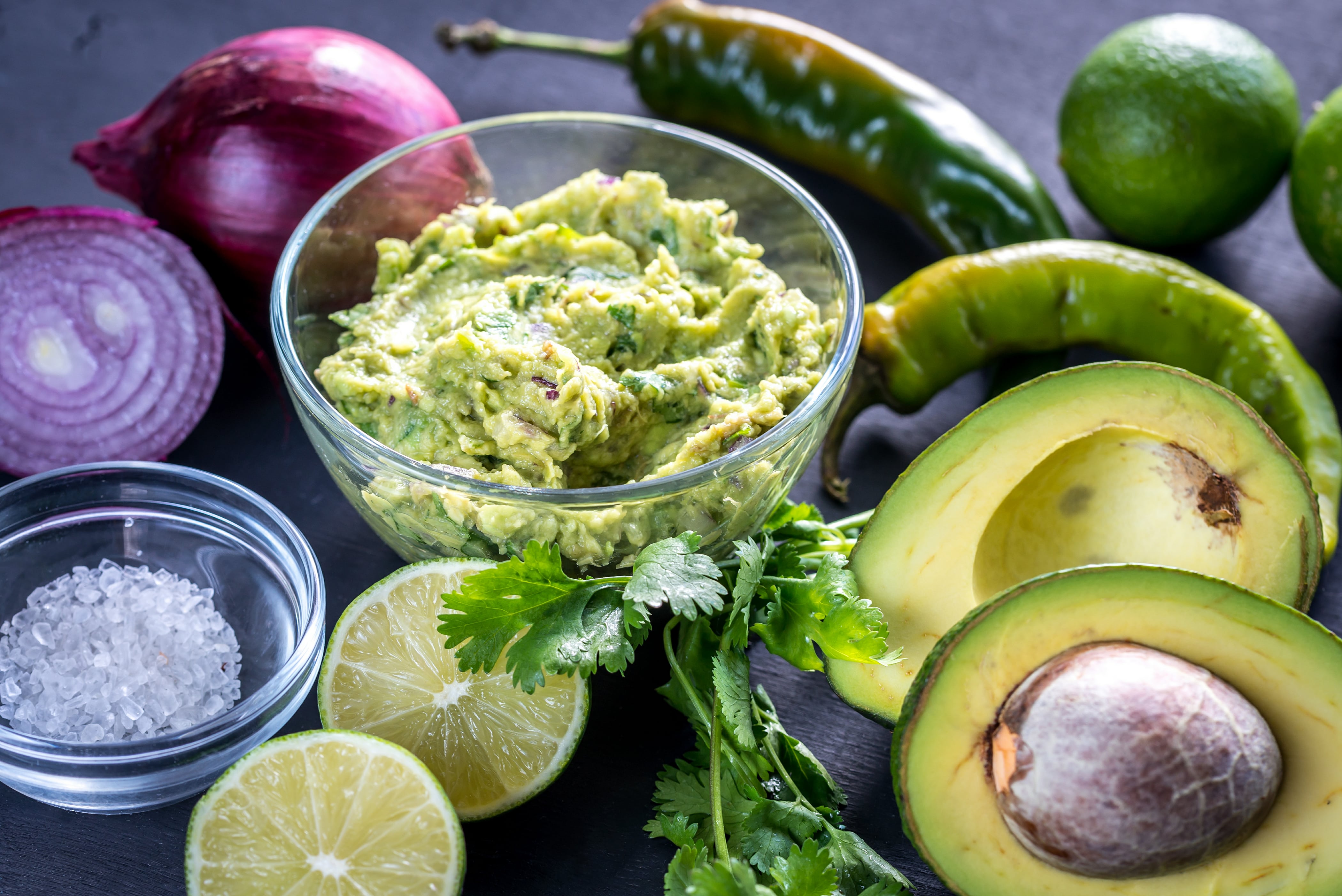
One strategy for preventing grazing? Plan smart snacks for work-from-home days. Prepare foods ahead of time and keep them in individual containers for quick grab-and-go snacks at your scheduled time. Some healthy options for smart snacking include:
- Apple slices and nut butter, like peanut butter or almond butter
- Greek yogurt with berries and chia seeds
- Hummus and veggies
- Hard-boiled egg and avocado
- Guacamole and bell peppers
- Edamame with sea salt and seasonings
- Whole-grain crackers and cheese
- Homemade trail mix with nuts, seeds, dried fruit, and chocolate chips
- Cottage cheese on whole-wheat toast with blueberries
- Turkey roll-ups with cucumbers or lettuce
- Greek yogurt ranch with broccoli and carrots
- Plain popcorn and nuts or pumpkin seeds
- Roasted chickpeas or edamame
- String cheese and fresh fruit
- Dark chocolate and nuts
- Granola and kefir
Practical Snack Schedule for WFH Days
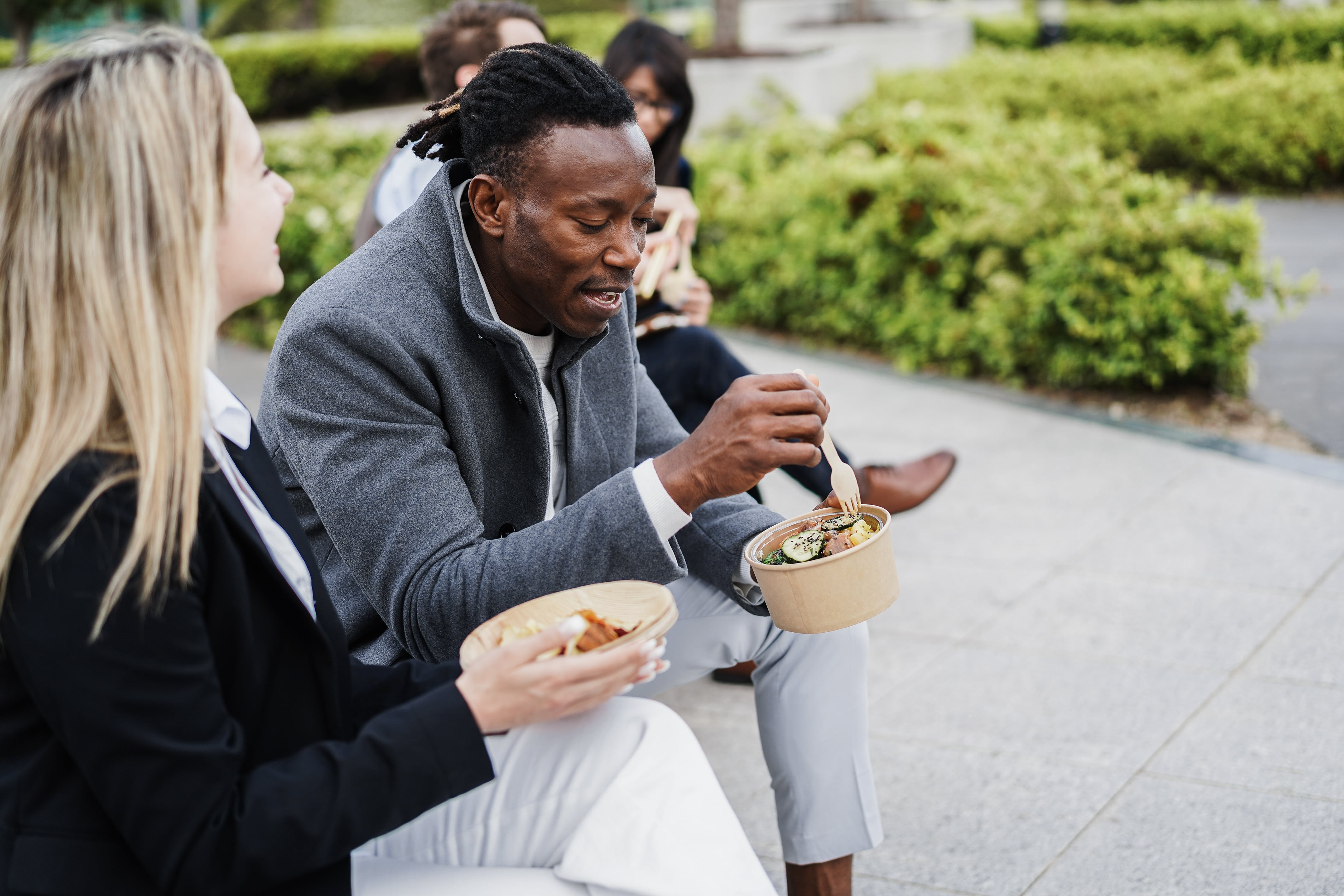
Anchoring snacks to your day helps create a rhythm and prevents grazing. Schedule snack times throughout the day to prevent grazing.
- Mid-morning: If you eat an early breakfast, snack around 10 to 11 am to prevent a pre-lunch slump and minimize extreme hunger at lunchtime.
- Afternoon: The afternoon slump typically occurs between 2 and 3 pm. Schedule a snack during this window to prevent a crash. Use Signos for insight to inform your snacking choices and portion sizes.
- Pre-workout: If you exercise after work, grab a small snack with a mix of carbohydrates and protein to provide energy without raising glucose too high.
By aligning snacks with predictable hunger windows, you avoid the constant nibbling that drives glucose swings.
The Bottom Line
Grazing all day while working from home fuels glucose turbulence. However, remote work doesn’t have to mean random snacking and glucose roller coasters. With Signos, you can replace grazing with structured, balanced snacks that fuel your brain, support glucose stability, and turn snacking from a problem into a metabolic win.
Learn More With Signos’ Expert Advice
With Signos, take the guesswork out of snacking and see how different foods and patterns affect your glucose. Use a glucose monitor (CGM) to track how your food choices affect your glucose levels, then create a personalized strategy for smarter, more productive snacking.
Signos’ blog features expert advice and actionable tips to help you plan balanced choices for smarter snacking to prevent glucose swings while working from home.
Learn more about how Signos can improve health.
Topics discussed in this article:
References
- Kishimoto, I., & Ohashi, A. (2021). Impact of Lifestyle Behaviors on Postprandial Hyperglycemia during Continuous Glucose Monitoring in Adult Males with Overweight/Obesity but without Diabetes. Nutrients, 13(9), 3092. https://doi.org/10.3390/nu13093092
- Nitta, A., Imai, S., Kajiyama, S., Miyawaki, T., Matsumoto, S., Ozasa, N., Kajiyama, S., Hashimoto, Y., Tanaka, M., & Fukui, M. (2019). Impact of different timing of consuming sweet snack on postprandial glucose excursions in healthy women. Diabetes & metabolism, 45(4), 369–374. https://doi.org/10.1016/j.diabet.2018.10.004
- Ganpule, A., Dubey, M., Pandey, H., Srinivasapura Venkateshmurthy, N., Green, R., Ann Brown, K., Maddury, A. P., Khatkar, R., Jarhyan, P., Prabhakaran, D., & Mohan, S. (2023). Snacking Behavior and Association with Metabolic Risk Factors in Adults from North and South India. The Journal of nutrition, 153(2), 523–531. https://doi.org/10.1016/j.tjnut.2022.12.032
- Masutomi, H., Mineshita, Y., Ishihara, K., Hirao, K., Shibata, S., & Furutani, A. (2023). Effects of intake of four types of snack with different timings on postprandial glucose levels after dinner. European journal of nutrition, 62(5), 2217–2231. https://doi.org/10.1007/s00394-023-03138-4
- Kim, H. K., Nanba, T., Ozaki, M., Chijiki, H., Takahashi, M., Fukazawa, M., Okubo, J., & Shibata, S. (2020). Effect of the Intake of a Snack Containing Dietary Fiber on Postprandial Glucose Levels. Foods (Basel, Switzerland), 9(10), 1500. https://doi.org/10.3390/foods9101500
- Njike, V. Y., Smith, T. M., Shuval, O., Shuval, K., Edshteyn, I., Kalantari, V., & Yaroch, A. L. (2016). Snack Food, Satiety, and Weight. Advances in nutrition (Bethesda, Md.), 7(5), 866–878. https://doi.org/10.3945/an.115.009340


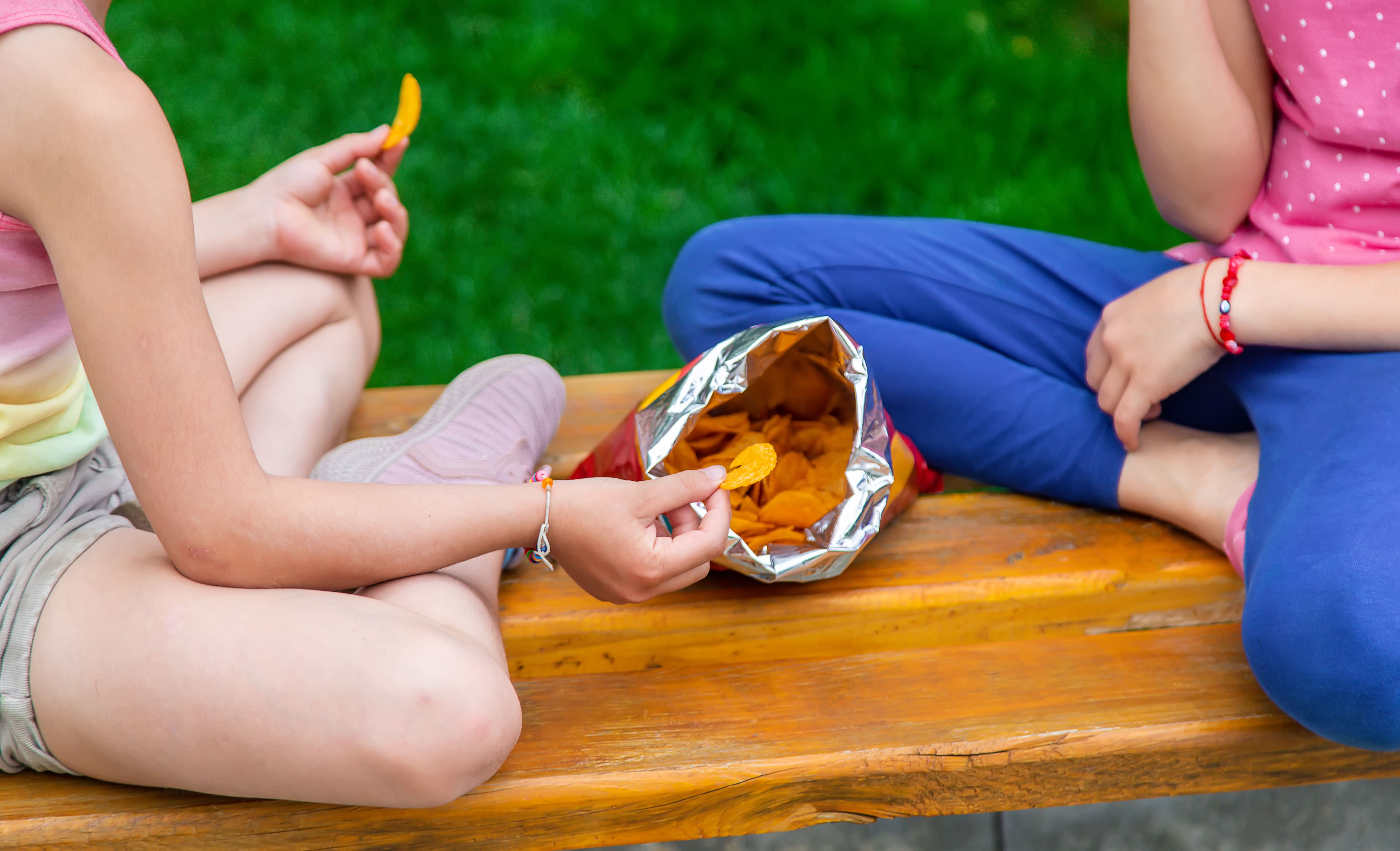

.svg)
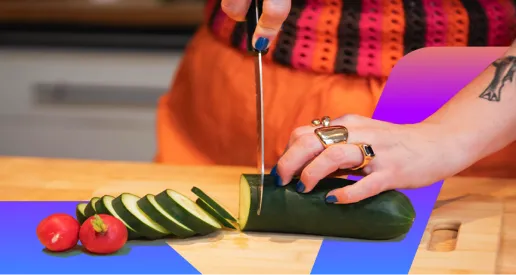

.webp)






.webp)
.svg)
.svg)
.svg)
.svg)
.svg)
.svg)
.svg)
